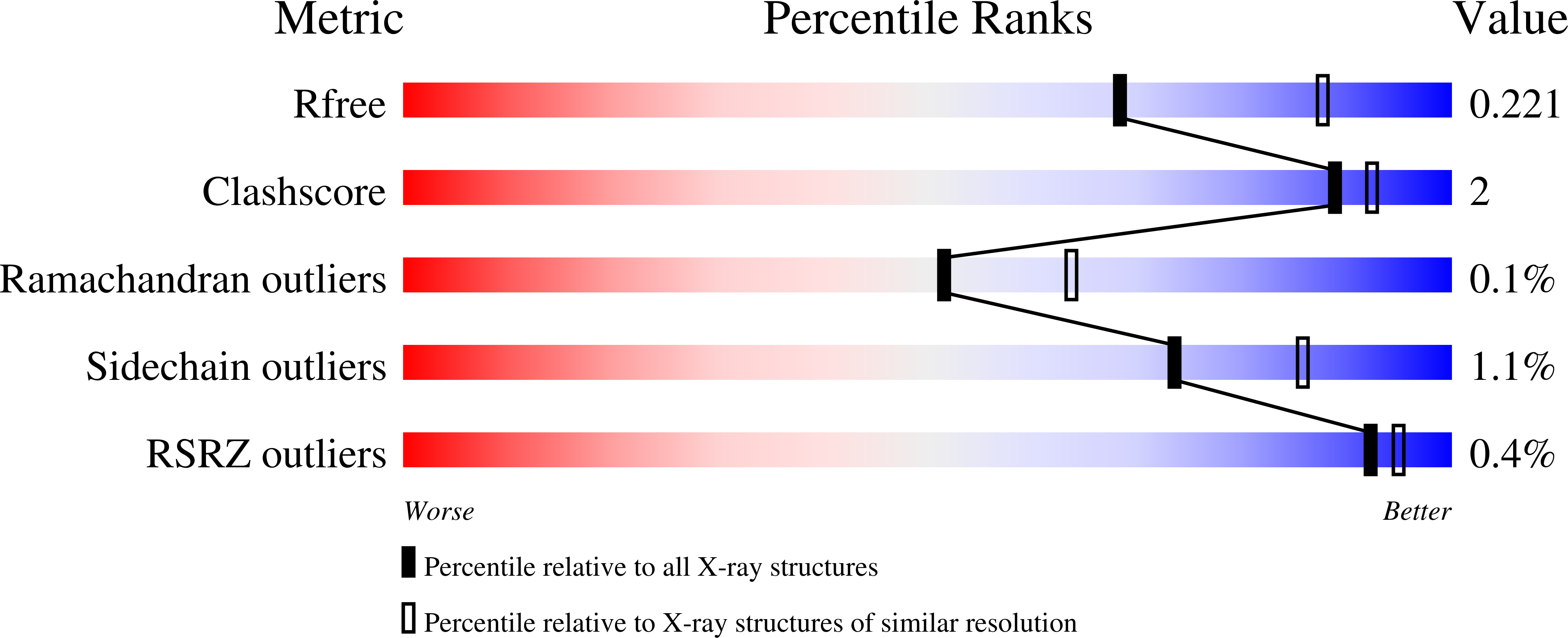
Deposition Date
2020-05-13
Release Date
2020-11-11
Last Version Date
2024-01-24
Entry Detail
PDB ID:
6Z1A
Keywords:
Title:
Ternary complex of Staphylococcus aureus DNA gyrase with AMK12 and DNA
Biological Source:
Source Organism:
Staphylococcus aureus (Taxon ID: 1280)
Staphylococcus aureus subsp. aureus N315 (Taxon ID: 158879)
Staphylococcus aureus subsp. aureus N315 (Taxon ID: 158879)
Host Organism:
Method Details:
Experimental Method:
Resolution:
2.30 Å
R-Value Free:
0.21
R-Value Work:
0.17
R-Value Observed:
0.18
Space Group:
P 61


